SpringBoot场景启动器Starters是如何自定义的?具体操作展示
本篇文章将和大家分享一下 Spring Boot 框架中的 Starters 场景启动器的内容,关于 Starters 具体是用来做什么的,以及在开发 Spring Boot 项目前,要如何自定义一个 Starters 场景启动器。
一、Starters原理
1.1 Starters场景启动器
1、场景需要用到的依赖是什么?
比如依赖的jar
2、如何编写自动配置?
以WebMvcAutoConfiguration自动配置为例:
@Configuration
@ConditionalOnWebApplication
@ConditionalOnClass({ Servlet.class, DispatcherServlet.class,
WebMvcConfigurerAdapter.class })
@ConditionalOnMissingBean(WebMvcConfigurationSupport.class)
@AutoConfigureOrder(Ordered.HIGHEST_PRECEDENCE + 10)
@AutoConfigureAfter({ DispatcherServletAutoConfiguration.class,
ValidationAutoConfiguration.class })
public class WebMvcAutoConfiguration {
public static final String DEFAULT_PREFIX = "";
public static final String DEFAULT_SUFFIX = "";
@Configuration指定这是一个配置类
@ConditionalOnXXX 在指定条件成立的情况下自动配置类生效
自动装配顺序
在特定自动装配Class之前 @AutoConfigureBefore
在特定自动装配Class之后@AutoConfigureAfter
指定顺序@AutoConfigureOrder
@Bean 给容器中添加组件
@ConfigurationPropertie结合相关xxxProperties类来绑定相关的配置
@ConfigurationProperties(prefix = "spring.mvc")
public class WebMvcProperties {
}@EnableConfigurationProperties 让xxxProperties生效加入到容器中
@Configuration
@Import(EnableWebMvcConfiguration.class)
@EnableConfigurationProperties({ WebMvcProperties.class, ResourceProperties.class })
public static class WebMvcAutoConfigurationAdapter extends WebMvcConfigurerAdapter {
}
配置自动装配Bean:
自动配置类要能加载
将需要启动就加载的自动配置类,将标注@Configuration的自动配置类配置在META‐INF/spring.factories下,自动配置类就会生效
# Auto Configure
org.springframework.boot.autoconfigure.EnableAutoConfiguration=
org.springframework.boot.autoconfigure.admin.SpringApplicationAdminJmxAutoConfiguration,
org.springframework.boot.autoconfigure.aop.AopAutoConfiguration,
3、模式
启动器(starter)
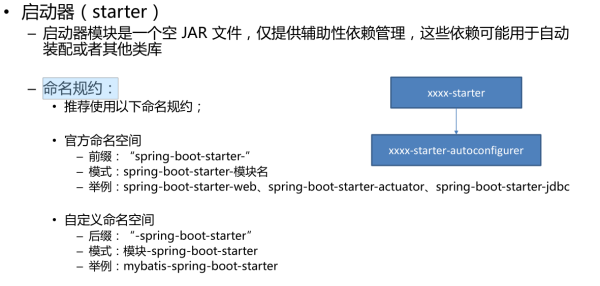
启动器只用来做依赖导入
专门写一个自动配置模块
启动器依赖自动配置,别人只需要引入启动器(starters)
mybatis-spring-boot-starter 自定义启动器名 -spring-boot-starter
二、自定义Starters
构建项目:
1.先创建一个空工程
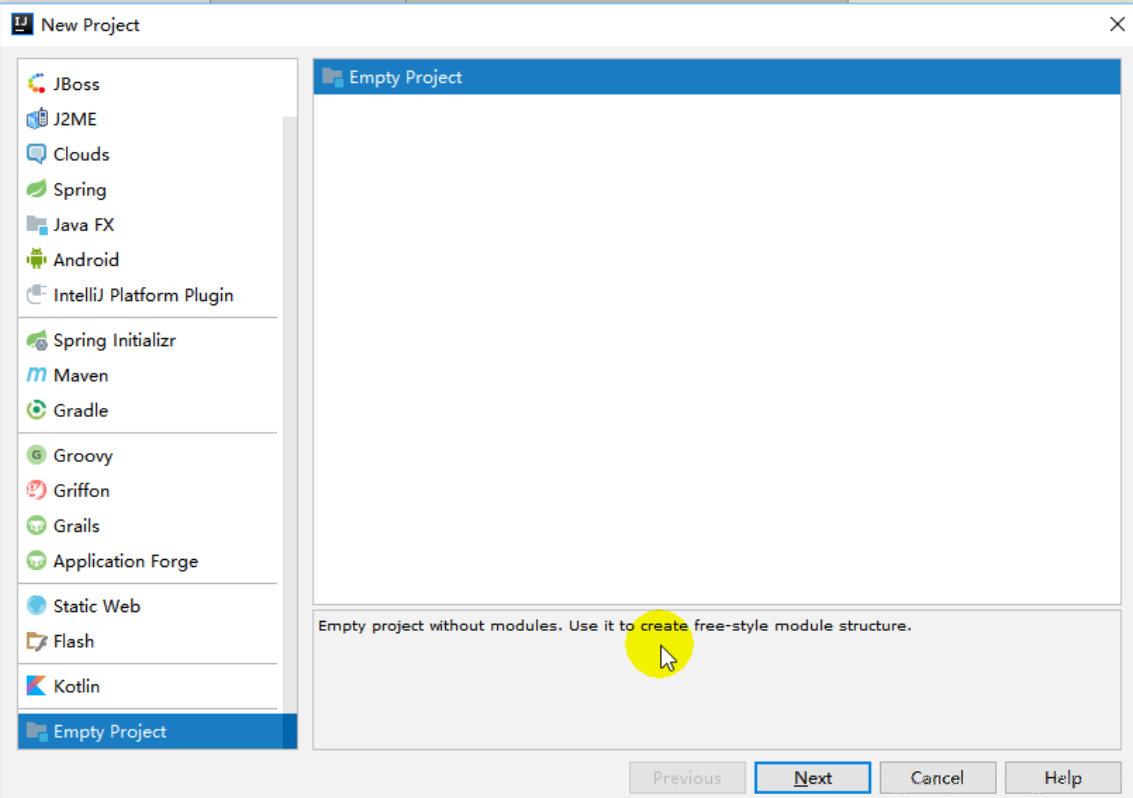
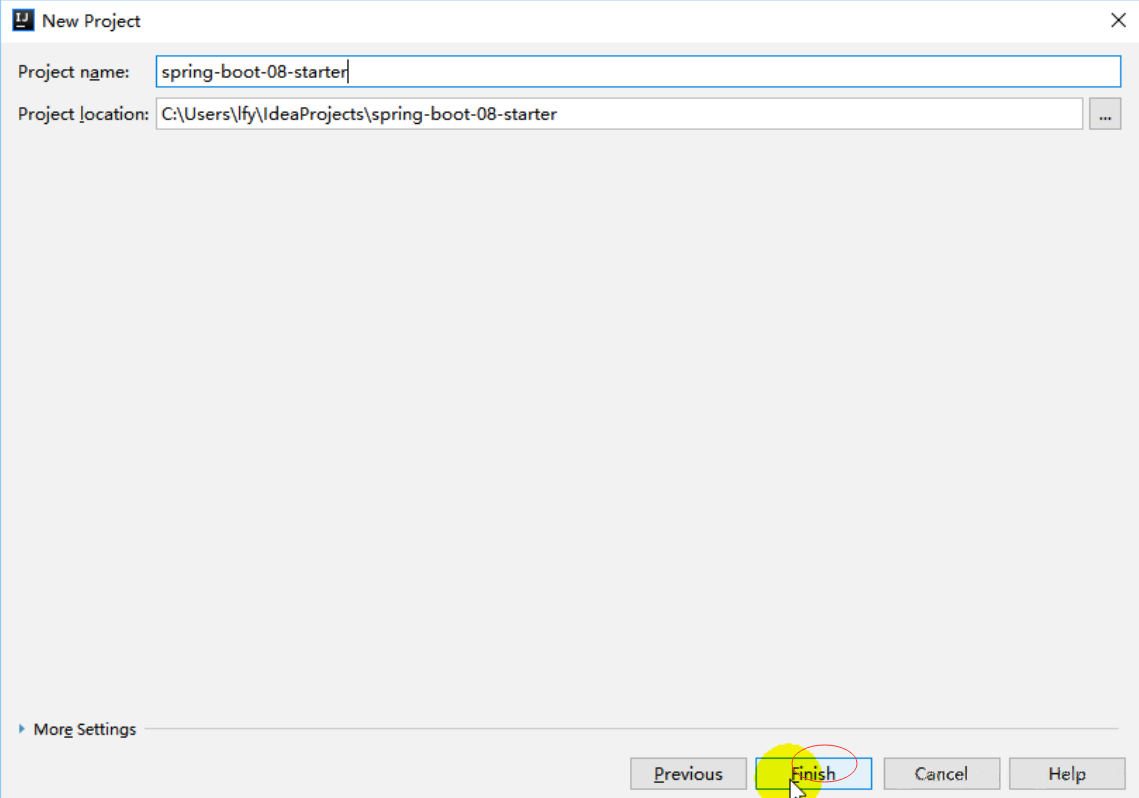
2、创建两个模块分别是启动器starter的maven模块和spring的初始化器创建的自动配置模块
启动器maven模块
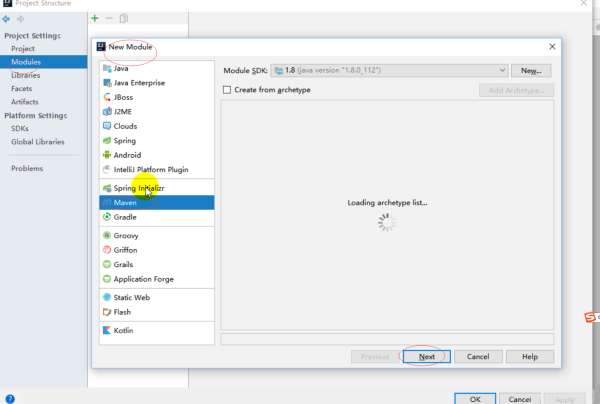
自定义的starters
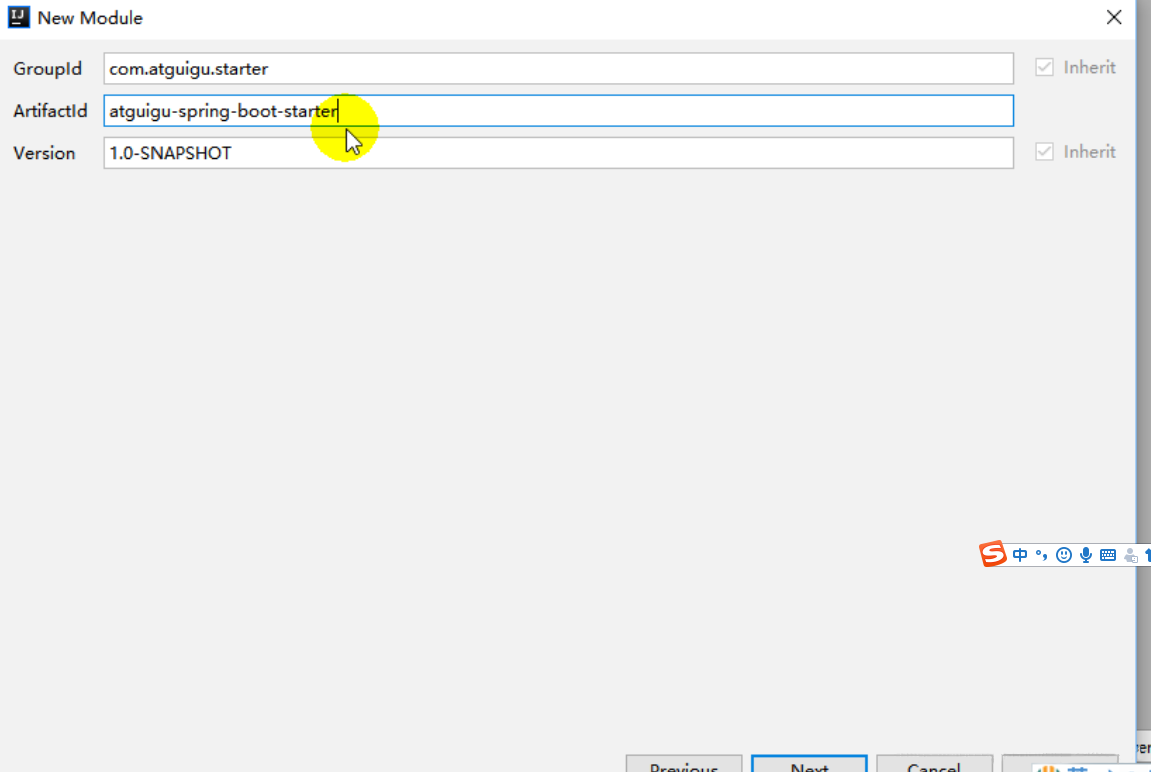
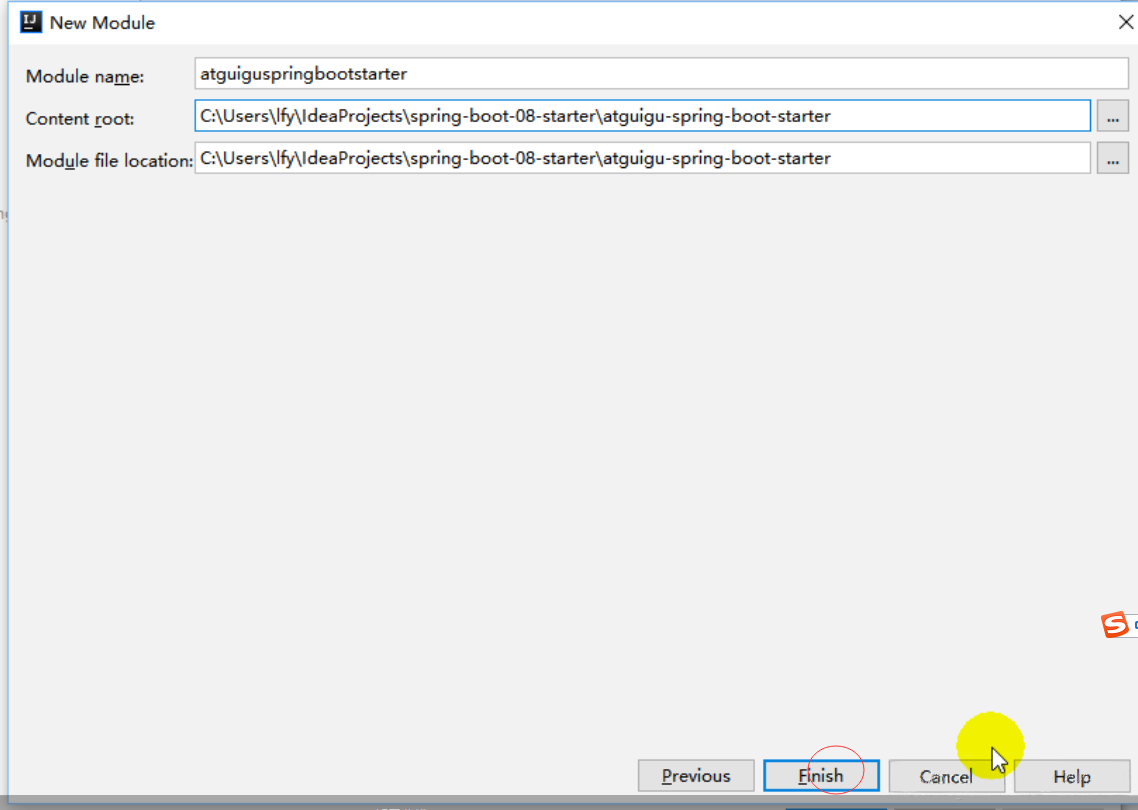
spring的初始化器创建模块(创建自动配置相关的模块)
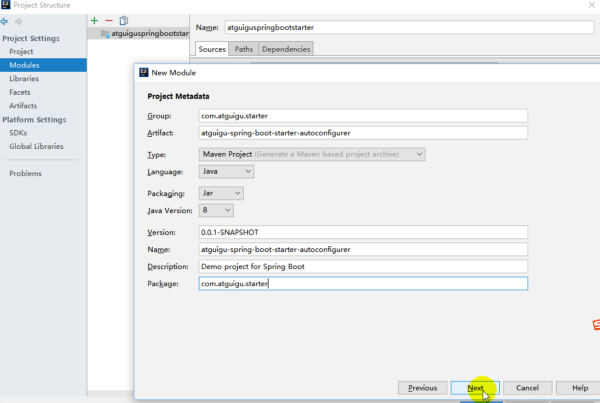
三、代码步骤
在启动器starter的pom文件中引入配置类的坐标ming-spring-boot-starter-autoconfigurer
<?xml version="1.0" encoding="UTF-8"?>
<project xmlns="http://maven.apache.org/POM/4.0.0"
xmlns:xsi="http://www.w3.org/2001/XMLSchema-instance"
xsi:schemaLocation="http://maven.apache.org/POM/4.0.0 http://maven.apache.org/xsd/maven-4.0.0.xsd">
<modelVersion>4.0.0</modelVersion>
<groupId>com.ming.springboot</groupId>
<artifactId>ming-spring-boot-starter</artifactId>
<version>1.0-SNAPSHOT</version>
<dependencies>
<dependency>
<groupId>com.ming.springboot</groupId>
<artifactId>ming-spring-boot-starter-autoconfigurer</artifactId>
<version>0.0.1-SNAPSHOT</version>
</dependency>
</dependencies>
</project>
写一个打招呼的功能
package com.ming.springboot;
/**
* 打招呼的
*
*/
public class HelloService {
HelloProperties helloProperties;
public HelloProperties getHelloProperties() {
return helloProperties;
}
public void setHelloProperties(HelloProperties helloProperties) {
this.helloProperties = helloProperties;
}
public String sayHello(String name){
return helloProperties.getPrefix()+"-"+name+helloProperties.getSuffix();
}
}
HelloProperties 和Helloservice 进行属性绑定的
package com.ming.springboot;
import org.springframework.boot.context.properties.ConfigurationProperties;
@ConfigurationProperties(prefix = "com.ming")
public class HelloProperties {
private String prefix;
private String suffix;
public String getPrefix() {
return prefix;
}
public void setPrefix(String prefix) {
this.prefix = prefix;
}
public String getSuffix() {
return suffix;
}
public void setSuffix(String suffix) {
this.suffix = suffix;
}
}
自动配置类
package com.ming.springboot;
import org.springframework.beans.factory.annotation.Autowired;
import org.springframework.boot.autoconfigure.condition.ConditionalOnWebApplication;
import org.springframework.boot.context.properties.EnableConfigurationProperties;
import org.springframework.context.annotation.Bean;
import org.springframework.context.annotation.Configuration;
@Configuration
@ConditionalOnWebApplication //web应用才生效
@EnableConfigurationProperties(HelloProperties.class)
public class HelloServiceAutoConfiguration {
@Autowired
HelloProperties helloProperties;
@Bean
public HelloService helloService(){
HelloService helloService = new HelloService();
helloService.setHelloProperties(helloProperties);
return helloService;
}
}
然后将这两个模块安装到maven仓库中
先安装配置模块因为starter模块依赖配置模块,别人调用我们的starter模块就行了
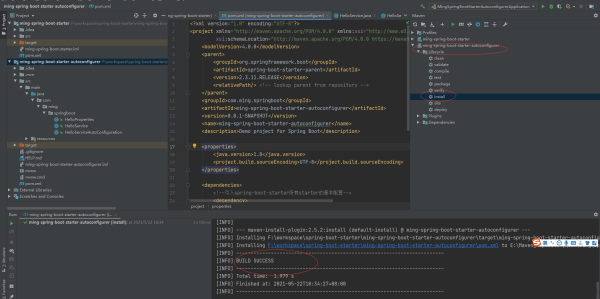
然后将启动器starter也装到仓库中,别人就可以用坐标引入了
在别的项目中引入自定义的启动器starter
<!--引入自定义的starter-->
<dependency>
<groupId>com.ming.springboot</groupId>
<artifactId>ming-spring-boot-starter</artifactId>
<version>1.0-SNAPSHOT</version>
</dependency>
配置application.properties
#自定义启动器starter com.ming.prefix=一起学习 com.ming.suffix=你学费了吗
测试
@Autowired
HelloService helloService;
@Test
public void starterTest(){
String sayHello = helloService.sayHello("自定义starter");
System.out.println(sayHello);
}
本篇关于 SpringBoot 框架中的场景启动器 Starters 的介绍和自定义方法的内容就到此结束了,想要了解更多相关 Spring Boot 场景启动器 Starters 的其他内容请搜索W3Cschool以前的文章或继续浏览下面的相关文章,也希望大家以后多多支持!